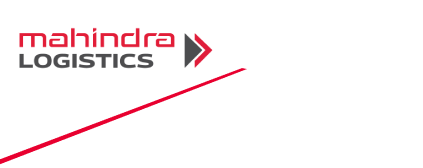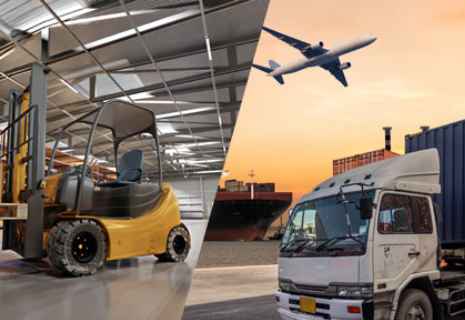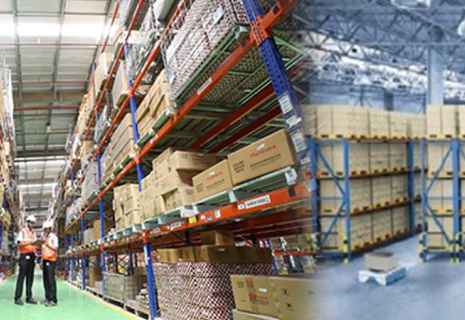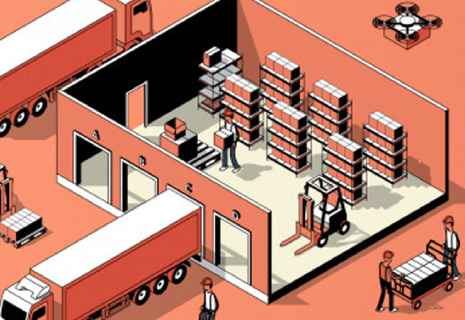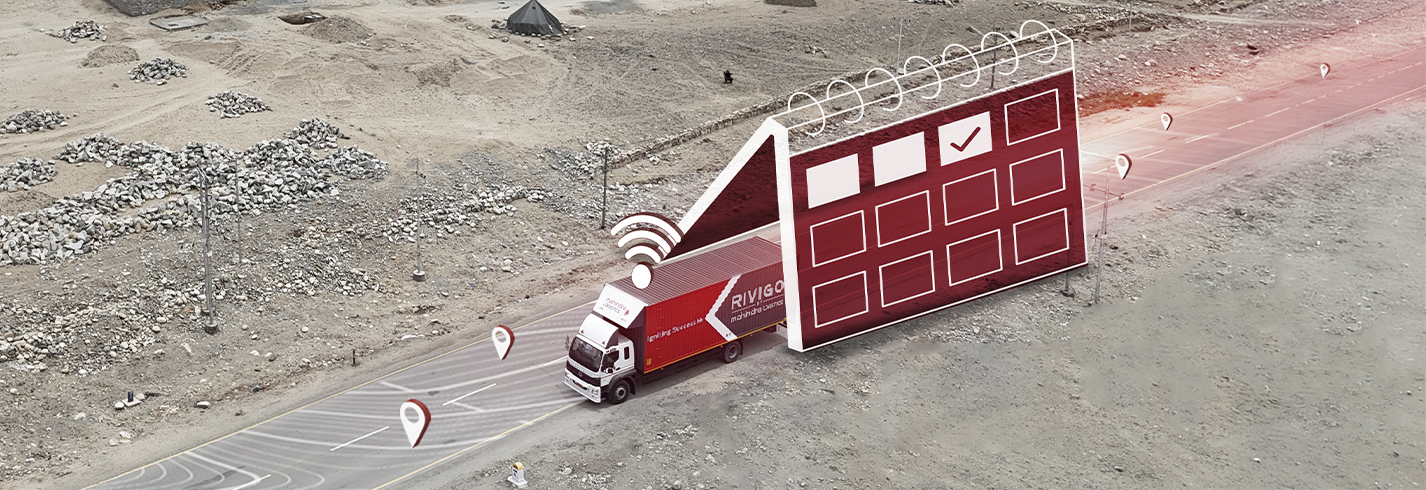
Growing Businesses Need Predictable Deliveries — Here’s How Tech Makes It Possible
While building a tower of blocks, if one block arrives late, the whole tower wobbles. Growing companies face a similar problem when supplies show up later than promised, as more than 50% of customers base their buying decisions on delivery conditions. Late trucks raise costs, empty store shelves, and let customers down.
Smart tools now help trucks run on time, show their exact location, and warn everyone if a delay is coming. Express services bring speed, while wider road networks keep costs fair. Flexible part truck load services also let shippers pay only for the space they use, making deliveries steadier.
Why Late Deliveries Hurt
A skipped delivery is more than a minor slip. Stores must reorder goods, factories pause assembly lines, and online shoppers wait by the door in disappointment. When this happens often, people start to lose trust in the brand. A missing batch during a festival season can slash retail sales. Late medicine shipments can cause shortages in pharmacies.
Car dealerships may cancel bookings if spare parts never arrive. To grow safely, companies need shipments that behave like clockwork. An express service courier can set clear pick-up and drop-off times, making planning easier for everyone.
Predictable movement is therefore no longer a luxury for enterprises that aim to scale. An express service courier model sets clear departure and arrival slots, which makes planning easier. Likewise, dependable last mile delivery translates purchase confirmations into on-time doorstep experiences. Customers now measure satisfaction by how closely a promise matches the actual handover.
Technology as the Backbone of Predictable Deliveries
Technology turns rough guesses into clear facts. Real-time screens gather location signals from every vehicle and show the whole fleet in one simple view. Control towers compare the planned timetable with the actual journey and alert the team within minutes if anything is off track. Telematics units also map fuel use, which lets operators refine routes for each lane. These insights lower the cost per kilometer and curb unplanned stops.
When a consignment veers from its route, automated alerts reach planners, drivers, and customers at once. Digital links with ERP and warehouse management software close the loop between demand signals and dispatch decisions. Updated arrival times flow back into procurement and sales systems, keeping plans realistic.
Fast lanes reserved for express services gain even more precision because the same data engine drives both routing and capacity allocation. In long-haul corridors, surface logistics carriers feed odometer and driving behavior data into predictive maintenance models, reducing breakdowns.
Express Services & Courier Models
Some goods, such as birthday gifts or spare car parts, cannot wait a week. They need a quick lane. Express networks bundle parcels that share a direction and promise faster arrival. Each parcel’s weight, size, and address go into a computer, which then plans the sharpest route. Staff watch screens day and night, ready to switch paths if roads close. A client portal shows a real-time clock that counts down to the doorstep. With this system, businesses meet next-day promises more easily. It proves that speed and predictability can live in the same lane.
Role of 3PL Logistics Partners
Scaling brands often hand the entire movement task to 3PL logistics experts who run integrated ecosystems. These providers link warehousing, fulfillment, and transport through one technology stack.
On long corridors, part truck load services match partial consignments from several shippers, spreading cost without adding delay. Dynamic allocation engines ensure that compatibility rules for goods, temperature, and handling are respected.
For instance, a consumer-durables company can shift inbound components to a shared transport plan and see missed arrival slots fall substantially. Because the system feeds milestone data directly into its production scheduler, the firm can cut overtime expenses within a quarter. Technology-enabled networks turn diversified flows into one predictable stream.
Beyond Predictability — Building Trust and Efficiency
When deliveries arrive like clockwork, everyone feels safer. Teams can focus on creating new products and finding more customers instead of fixing late-arrival problems. Clear schedules also make suppliers happy because they know exactly when they will be paid and how their work is judged.
Smart route planning for long-distance trucks saves fuel and reduces pollution; every kilometer skipped cuts carbon. For shoppers, getting a package on the promised day builds trust that lasts longer than any sale. Stores notice this trust and plan for more business, starting a helpful cycle. In short, being reliable is a quiet superpower that helps companies grow.
Conclusion
Reliable delivery is the backbone of every growth strategy. Technology supplies the visibility and control needed to keep that backbone straight. Companies that blend express services with scheduled long-haul lanes achieve both speed and certainty. Adaptive part truck load services extend the same benefits to smaller consignments. When these modes sit inside a unified 3PL logistics framework, execution moves with one coordinated signal. As India enters its next phase of economic expansion, predictable transport will determine which businesses lead the way.
Partner with Mahindra Logistics to build a tech-enabled, end-to-end supply chain. Contact our team today at enquiries@mahindralogistics.com. and discover the difference!

